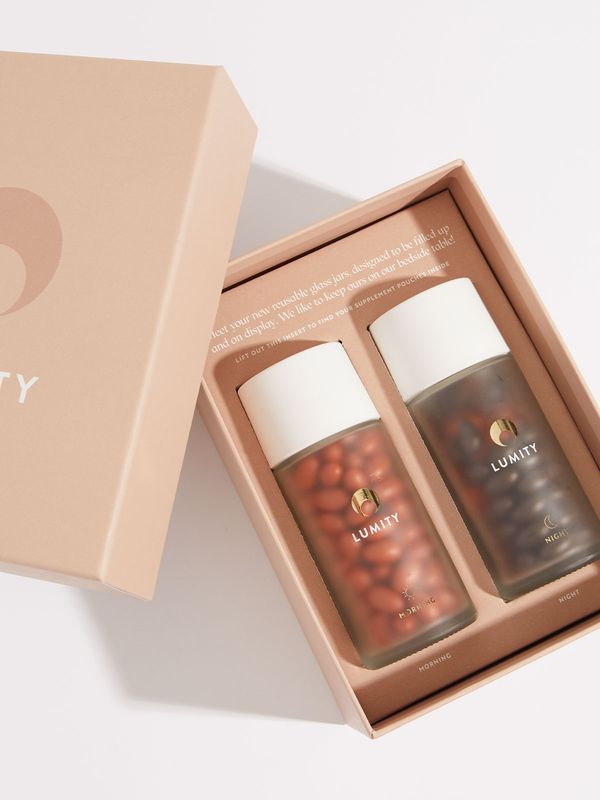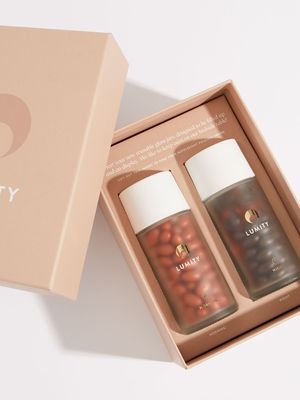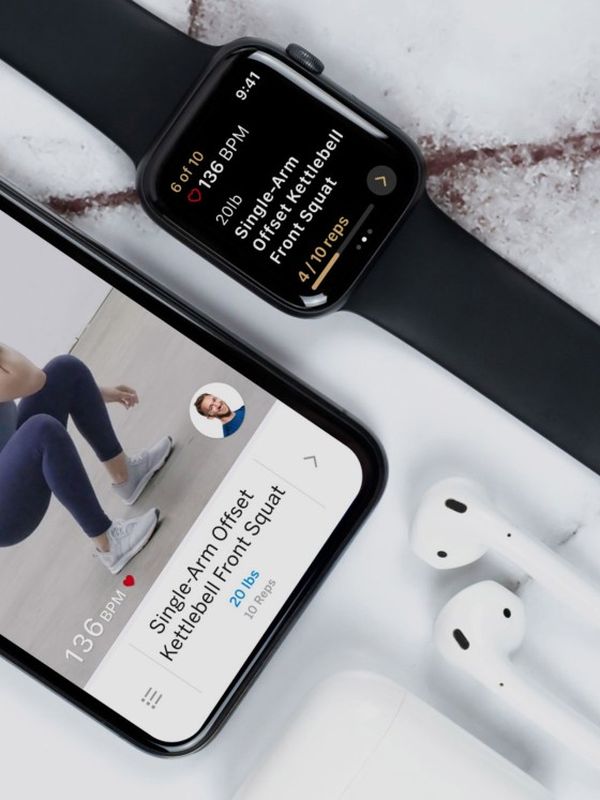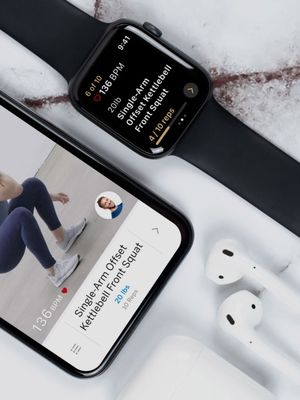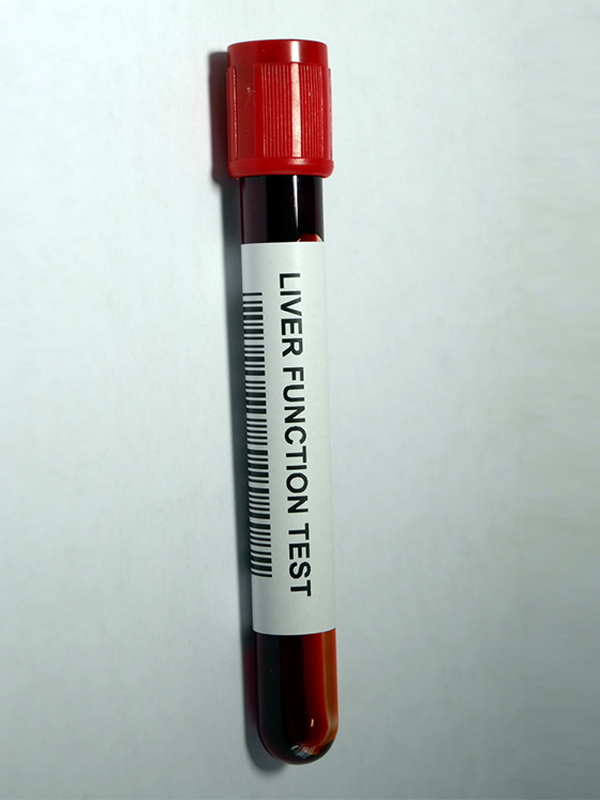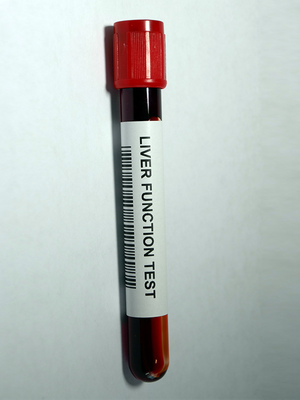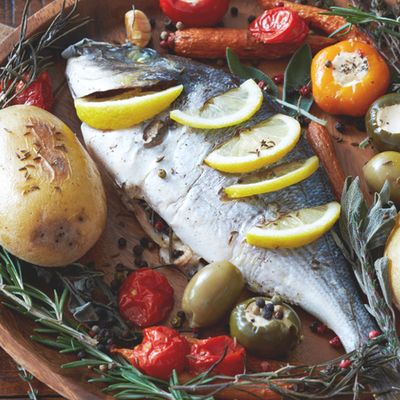
Everything You Need To Know About The Seagan & Pegan Diet
As far as diet trends go, if 2018 was all about clean eating and veganism, this year surely belongs to a new trend and it seems that both seaganism and peganism is gaining popularity for those wanting to reduce their meat and dairy intake and up the likes of fruit, veg and nuts. Pinterest revealed that interest in the pegan diet jumped 337% in the past year, while, according to the Mintel Meat-Free Food Report 2018, 40% of vegans have re-introduced fish in to their diet for a powerful protein fix that doesn’t compete with the replacements on offer. So, what’s all the hype about?
So, what actually is a pegan and a seagan diet?
Quite simply, pegan is a mixture of paleo and vegan diets. It’s sticking to veg, fruit, nuts, seeds, meat, fish, eggs and staying away from dairy, grains, legumes, sugar and processed food. The reason it works so well is because the foods included are what most of our bodies agree with e.g. high in veg and fruit, high quality fats from olive oil, nuts, seeds, avocado and high-quality grass-fed animal products. While seagans are sticking to a vegan diet but with the added benefits of fish. Seagans are not to be confused with pescatarians, who do eat dairy and often eggs too.
Are there any health benefits, or is this just the next fad to follow?
Being a seagan has possibly more nutritional benefits than just being a vegan, because unless you’re following a well thought out vegan diet, it can be hard to get enough vitamin B12 and vitamin D and essential omega 3 fatty acids which are really important for cell growth, low blood pressure and reduce inflammation. There is a lot of research correlating to vegans tending to weigh less but adding these rich proteins to a vegan diet may help you feel fuller longer.
Can seagans include any fish in their diet?
Yes, but it’s important that seagans choose low mercury fish. Smaller fish tend to swim closer to the surface so contain less mercury. Stick to sardines, herring, mackerel and wild salmon. It’s also important to look for fish that is sustainably sourced. 90% of large fish populations have been exterminated due to commercial fishing in the past 50 years so you do really have to think about where you are sourcing your fish from regularly.
According to Robin Moxon who runs the fish mecca – Moxon’s fishmongers, “in my opinion seaganism might just be the perfect diet – along with all the benefits and nutrients of a vegetarian diet, the healthy oils and proteins found in fish and shellfish are unrivalled and contain many essential trace elements that are not found in any other foods.”
Can pegans only eat plants?
Erm, mostly, yes. Dr. Hyman (the pioneer of peganism who first coined the term in 2014) suggests making vegetables and fruits about 75% of your diet and your plate. You can still eat meat but think of it as a topping or side dish instead of a main course. If simultaneously eating like a caveman and cutting out all animal products sounds tough, you're right. While the pegan diet does allow some meat, fish, and eggs, it still limits whole grains, dairy, and legumes.
Both diets sound quite restricting, is there any way to make them more enticing?
A pegan diet is restricting when it comes to dairy and any gluten grains as they are discouraged but eliminating food additives and sugar are a huge positive to the diet. However, not all grains and legumes are banned, it’s best to choose wholegrain grains such as quinoa, black rice, lentils and chickpeas but in limited quantities and occasionally if your blood sugar fluctuates.
Both diets exclude dairy products, so ensuring you have sufficient intakes of calcium and B12 are included in your diet is essential. If using plant-based milks, check that they are fortified with these critical nutrients. Focus on calcium rich dark green leafy veg, tofu, tahini and pulses.
While omega-3s can be found in plants – most famously flaxseeds – the vegetarian form is a type of precursor omega-3 (ALA) that is less efficient and more difficult to absorb than those found in seafood (EPA and DHA). Seagans will get an impressive dose of omega-3 fatty acids from their fish intake, which is what our bodies need to grow and thrive.
Like all diets, one diet does not fit all. It’s about bio-individuality and what works for you may not work for someone else.
Feeling inspired? Here are a few simple rules to get you on track…
6 ways to kick-start a pegan diet:
1. Stay away from sugar
2. Eat mostly plants
3. Avoid gluten
4. Fill up on beans
5. Eat wholegrains sparingly
6. Go easy on fruit
6 ways to kick-start a seagan diet:
1. Fill up on plant-based foods
2. Introduce seafood into your diet 2-3 times a week
3. Shop at a reputable fish market and always buy sustainable fish
4. Snack on nuts and seeds
5. Complement fish by cooking with plenty of herbs
6. Steer clear of sugar
For more on Millia Lascelles visit Bamford.com or follow her on Instagram @milla_lascelles.
DISCLAIMER: We endeavour to always credit the correct original source of every image we use. If you think a credit may be incorrect, please contact us at info@sheerluxe.com.








